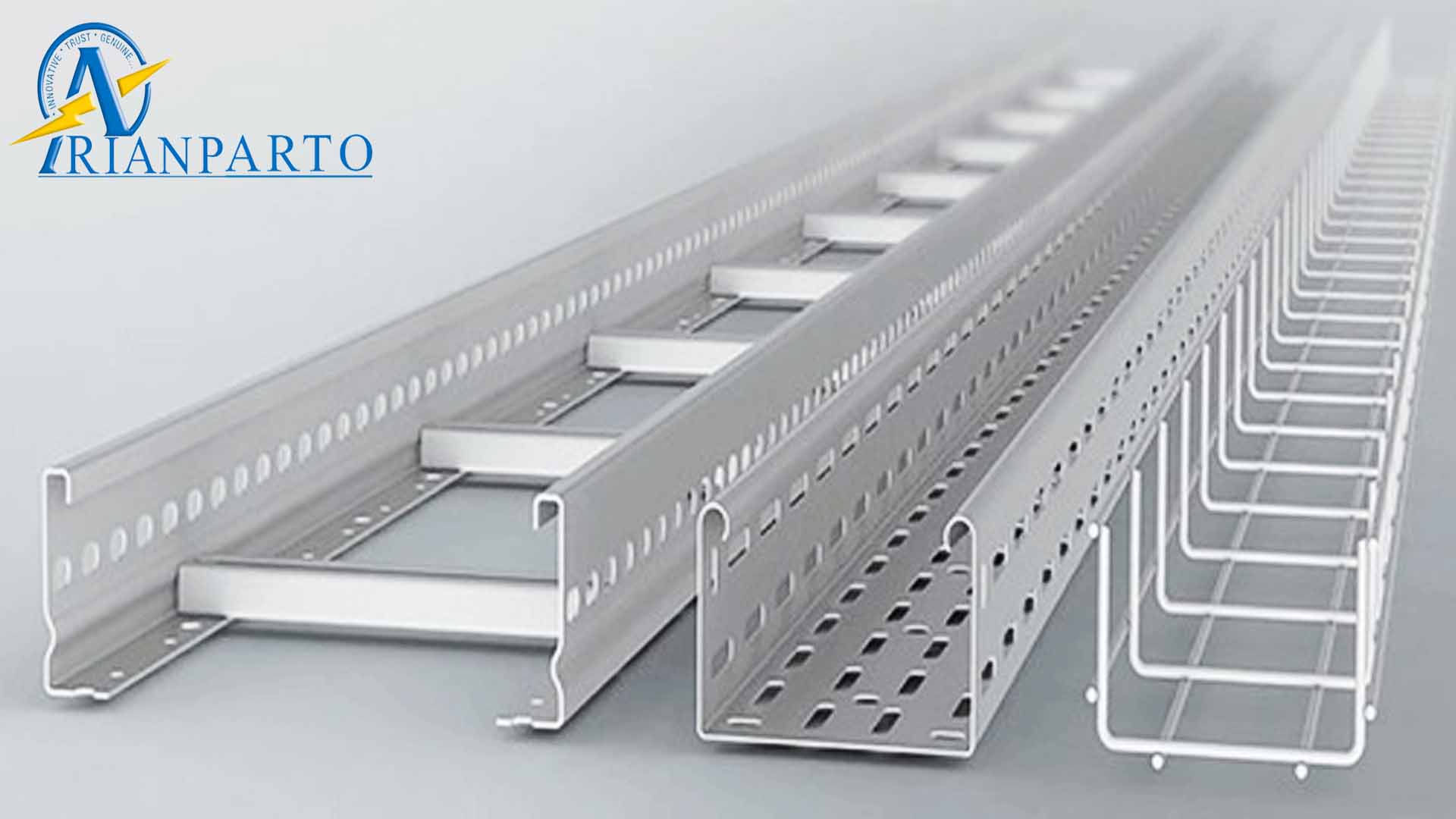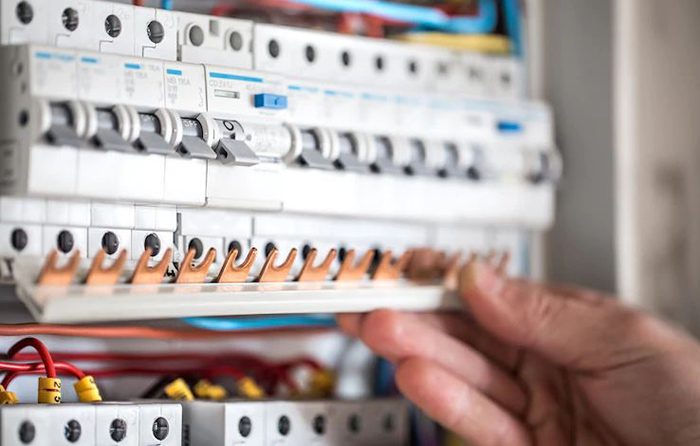Cable Tray: A Smart Solution for Organizing Cables
In today’s fast-paced, tech-driven world, managing cables efficiently has become essential to ensure safety, easy access, and smooth maintenance in electrical systems. Cable management solutions like cable trays are key to organizing and securing electrical cables in commercial, industrial, and residential spaces. In this article, we’ll explore why cable trays are so important, how they’re used in electrical panels, and why they might be the best choice over other cable management methods. Plus, we’ll dive into the different types of cable trays, their unique features, and how to pick the right one for your next installation.
Applications of Cable Trays in Electrical Panels
a system used to support and route cables play an important role in keeping cables organized and supported inside electrical panels. They offer a safe, efficient, and low-maintenance way to route cables through control panels, distribution boards, and power panels. Whether you’re dealing with a brand-new installation or upgrading an existing system, cable trays are ideal for managing cables.
Inside electrical panels, a system used to support and route cables help prevent wires from getting tangled, lower the risk of electrical accidents, and improve air circulation around the cables. This reduces the chance of overheating or damage. They also offer flexibility, making it easy to adjust or add cables as the system evolves.
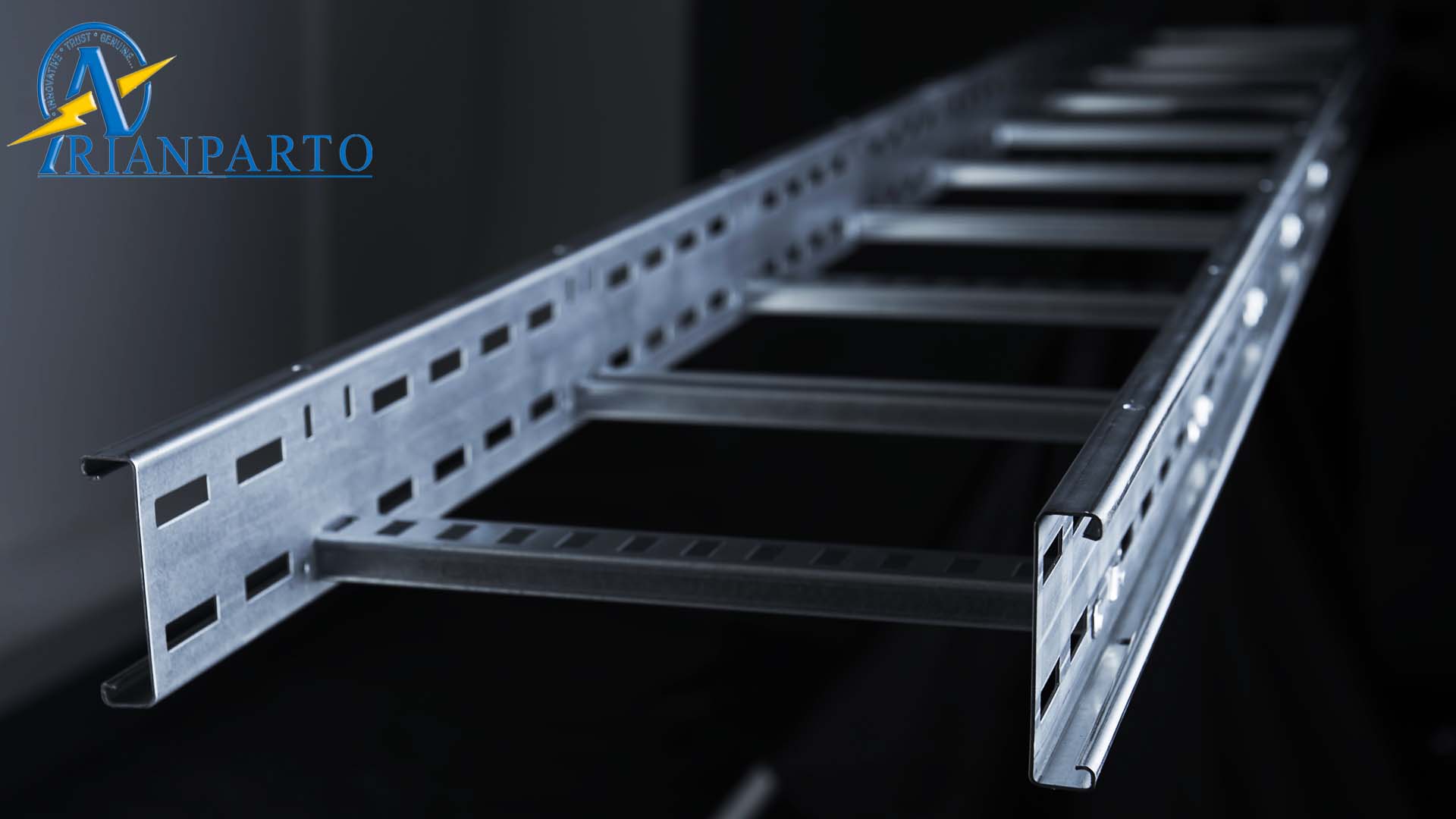
Benefits of Using Cable Trays in Electrical Panels
Here’s why Cable Trays are such a great choice for electrical panels:
- Better Organization: a system used to support and route cables, keep cables neatly organized, making it easier to identify, trace, and fix any wiring issues. This is especially useful in larger electrical systems where cables can get tangled or hard to manage.
- Increased Safety: With properly installed cable trays, there’s less chance of accidents caused by exposed or tangled wires. They also protect cables from physical damage, which could lead to short circuits or even electrical fires.
- Easy Access: cable management system make cables easy to access for maintenance or upgrades. Technicians can quickly find and disconnect cables without disturbing the entire system, saving time and reducing maintenance costs.
- Cost-Effective: Compared to older methods like conduits or cable ladders, cable trays are a more affordable option. They are flexible and scalable, so you can expand your system down the road.
- Durability: High-quality cable trays, especially those made from galvanized steel or aluminum, are built to last, making them a reliable choice for long-term use.
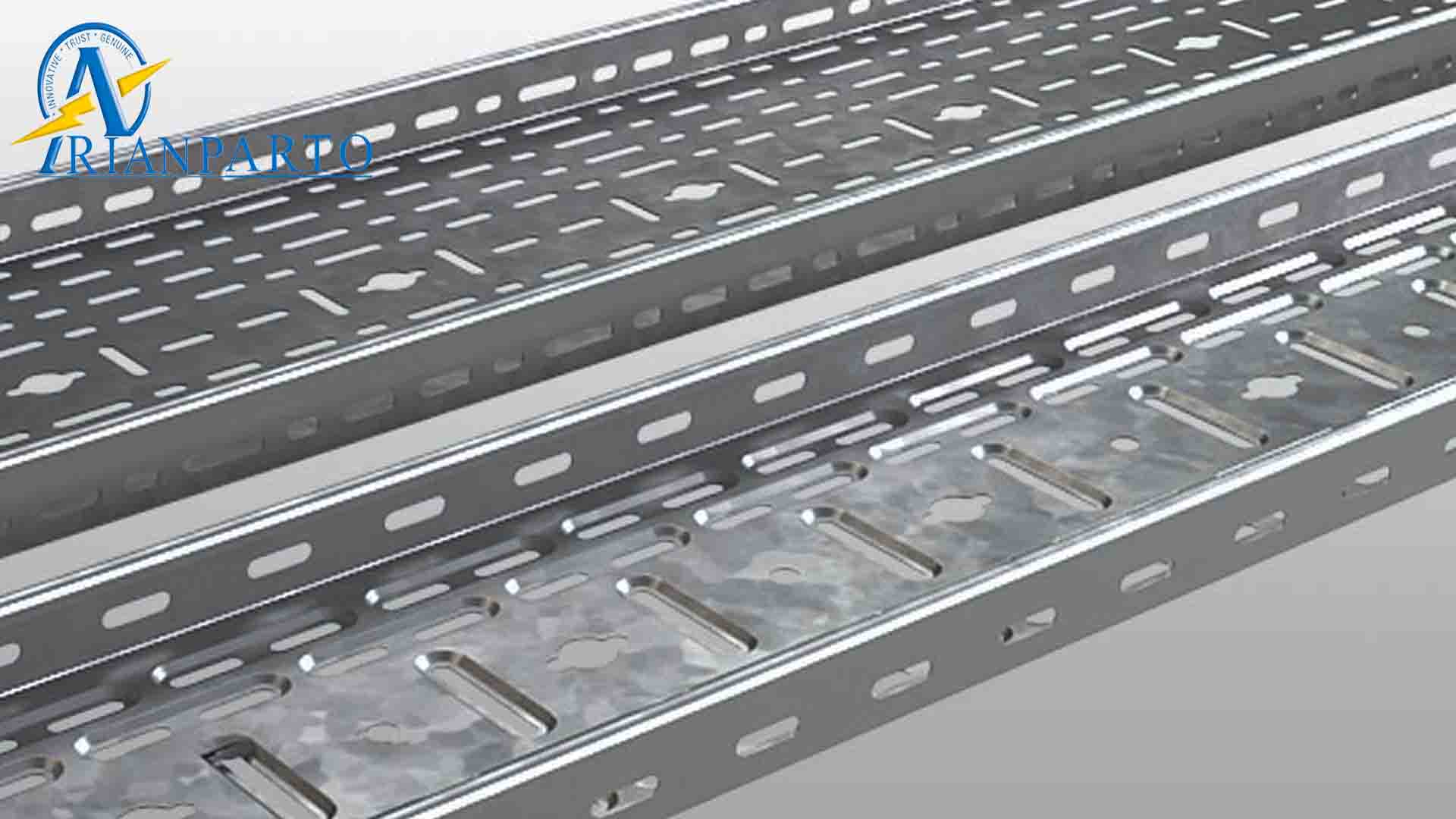
Cable Trays vs Other Cable Management Methods
There are several ways to organize cables in electrical panels, but cable trays stand out because they’re versatile and easy to install. Let’s compare them to other options:
Cable Trays vs Conduits are often used to protect and route cables, but installing them can be a hassle. They require precise cutting, bending, and fittings, making them less flexible when you need to make changes or expand the system. Cable trays, on the other hand, are much easier to install and adjust as your needs change.
Cable Trays vs Cable Ladders
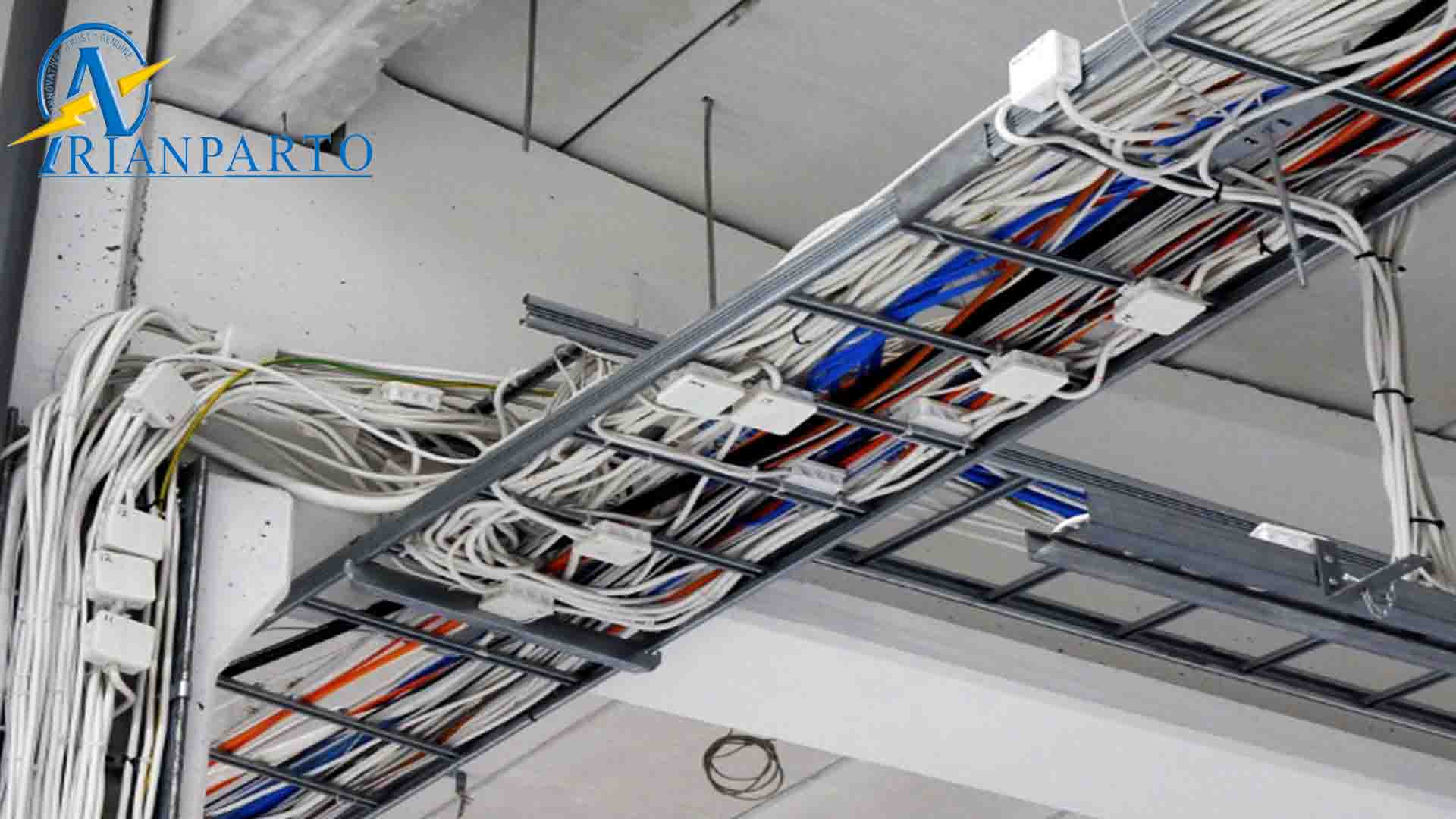
Cable ladders are similar to trays but have open rungs rather than solid platforms. While they work well for specific applications where airflow is crucial, a system used to support and route cables provide more comprehensive support, making them a better choice for heavier cables.
Cable Trays vs Raceways
Raceways are channels used for routing cables, but they can be restrictive when making changes. cable management solutions are much more adaptable, allowing for quick modifications or expansions, which makes them a better option for growing electrical systems.
Types of Cable Trays and Where They Work Best
There are different types of cable management solution , each designed for specific needs and environments. Here’s a look at some of the most common ones:
-
Galvanized Cable Trays – Advantages and Disadvantages
Galvanized trays are made from steel coated with zinc to prevent rust. They’re known for their durability and strength, making them perfect for harsh environments like factories. They can resist moisture, chemicals, and extreme temperatures, but they can also be heavy and may need extra support during installation.
-
Plastic Cable Trays – Applications and Features
Plastic trays, made from materials like PVC or high-density polyethylene (HDPE), are a more affordable, corrosion-resistant option. They’re ideal for areas exposed to chemicals or moisture since they won’t rust or degrade over time. They’re also lightweight and easy to install but may not be as durable under heavy loads compared to metal trays.
-
Metal vs Plastic Cable Trays
When deciding between metal and plastic trays, the main difference comes down to strength and environmental resistance. Metal trays, such as galvanized steel or aluminum, are stronger and better suited for industrial environments. Plastic trays, on the other hand, are more lightweight and better at resisting corrosion in lighter applications.
-
Mesh Cable Trays – Design and Applications
Mesh trays have an open-wire design that combines strength with ventilation. These are great for environments where airflow is important to prevent cables from overheating. They’re typically used in telecom and data centers, where cable management is crucial to maintaining airflow and reducing clutter.
-
Steel Cable Trays – Features and Advantages
Steel trays are strong and durable, able to handle heavy-duty applications in industrial settings. They can support a large number of cables without sagging, making them ideal for power plants, factories, and large commercial buildings. The downside is that they can be heavier and more challenging to install.
-
Aluminum Cable Trays – Lightweight and Durable
Aluminum trays offer a balance of strength and lightness. They’re resistant to corrosion, making them perfect for environments exposed to moisture, salt, or chemicals. Aluminum trays are often used in places where weight restrictions are a concern, such as aerospace or offshore settings.
-
Heat-Resistant Cable Trays – Industrial Applications
cable management solutions are made to withstand high temperatures, making them ideal for industries like power plants or refineries. They protect cables from heat damage, ensuring safe and efficient operation.
-
Fire-Resistant Insulated Cable Trays
Fire-resistant insulated trays are essential in high-risk environments, like chemical plants or hospitals. The special insulation helps protect cables from potential fire hazards, providing extra security for electrical systems.
-
Modular Cable Trays – Flexibility in Installation
Modular Cable Trays are easy to assemble and flexible. They consist of interchangeable parts that can be configured to meet different needs. This makes them ideal for installations that may need frequent updates or changes.
-
Cable Trays for Humid Environments
If you’re working in a humid environment, corrosion-resistant trays made from plastic, stainless steel, or other materials are the best choice. They’ll protect your cables from moisture, ensuring long-term performance and safety.
-
Design and Installation Standards for Cable Trays
It’s important to follow industry standards and regulations when designing and installing cable trays. These guidelines cover load capacity, spacing, support requirements, and the use of fire-resistant or insulated trays if necessary. Adhering to these standards not only ensures your system’s safety but also reduces the risk of overheating or electrical fires.
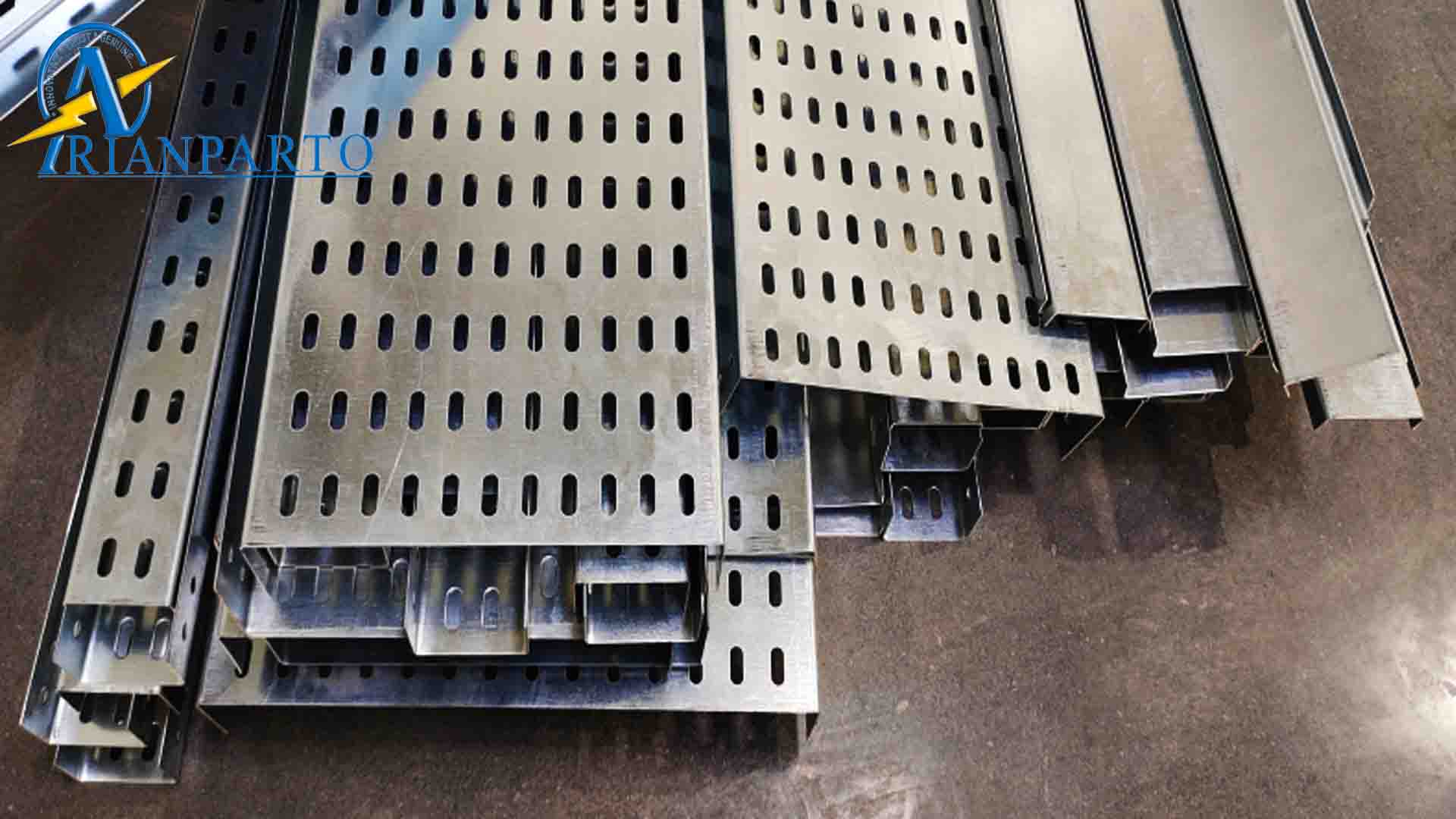
Final Thoughts
cable distribution systems are an essential part of modern electrical systems, providing a safe, organized, and flexible way to manage cables. By understanding the different types of trays and their applications, you can make the right choice for your needs. Whether you’re working on a new installation or upgrading an existing one, cable trays offer long-term value, easy maintenance, and cost-effective solutions for cable management. Just be sure to follow the right design and installation standards to keep your system running smoothly and safely.
To view and purchase high-quality products, visit our store (arianparto.com) and execute your project with the best equipment.
Q&A
How can I choose the right cable tray for my project?
Consider factors like the type of cables, load capacity, environmental conditions, and the required size for your installation.
Are cable trays only used for electrical cables?
No, cable management system can also be used for other types of cables, such as data, communication, and control cables.
What materials are cable management system made of?
cable distribution systems are typically made of materials like steel (galvanized or stainless), aluminum, or fiberglass-reinforced plastic.
What are the differences between steel and aluminum cable distribution system?
Steel trays are stronger and more durable, while aluminum trays are lighter, corrosion-resistant, and suitable for less heavy-duty applications.
How can I use cable distribution system in specific environmental conditions (e.g., high humidity or high temperature)?
For harsh conditions, choose trays made of corrosion-resistant materials like stainless steel or aluminum, and ensure they are rated for the specific environmental requirements.
Do cable distribution system require special maintenance?
Generally, cable trays require minimal maintenance, but they should be inspected periodically for wear, corrosion, or damage, especially in harsh environments.
Why is using cable management system important for cable management?
cable management solution help organize and protect cables, improve safety by preventing damage, and simplify maintenance and future upgrades.
What standards exist for installing cable management solution?
Common standards include the National Electrical Code (NEC) in the U.S. and IEC standards globally, which provide guidelines for installation and safety.
Are cable management solution suitable for industrial and commercial buildings?
Yes, cable management solution are ideal for both industrial and commercial buildings, as they provide an efficient and organized way to manage large volumes of cables.

